Jeffrey B Lang
age ~69
from Sparks, NV
- Also known as:
-
- Jeffrey Brian Lang
- Jeff B Lang
- Jeff Brian Lang
- Jeff R Lang
- Jess B Lang
- Diana Lang
- Terry Lang
Jeffrey Lang Phones & Addresses
- Sparks, NV
- 551 Lupine Cir, Vacaville, CA 95687
- Fairfield, CA
- Mesa, AZ
- Rapid City, SD
- 11036 E Diamond Ave, Mesa, AZ 85208 • 4803908456
Work
-
Company:Chicago Title Insurance Co.
-
Address:
Emails
Specialities
Commercial Real Estate • Hcba Corporate Counsel
Isbn (Books And Publications)






Zariski Surfaces and Differential Equations in Characteristic P-O
view sourceAuthor
Jeffrey Lang
ISBN #
0824776372

Struggling to Surrender: Some Impressions of an American Convert to Islam
view sourceAuthor
Jeffrey Lang
ISBN #
0915957264

Medicine Doctors

Jeffrey B. Lang
view sourceSpecialties:
Internal Medicine
Work:
Jeffrey B Lang MD
251 Leatherman Rd, Wadsworth, OH 44281
3303363537 (phone)
251 Leatherman Rd, Wadsworth, OH 44281
3303363537 (phone)
Education:
Medical School
Northwestern University Feinberg School of Medicine
Graduated: 1976
Northwestern University Feinberg School of Medicine
Graduated: 1976
Procedures:
Pulmonary Function Tests
Vaccine Administration
Vaccine Administration
Conditions:
Acute Bronchitis
Acute Sinusitis
Atrial Fibrillation and Atrial Flutter
Bronchial Asthma
Dementia
Acute Sinusitis
Atrial Fibrillation and Atrial Flutter
Bronchial Asthma
Dementia
Languages:
English
Description:
Dr. Lang graduated from the Northwestern University Feinberg School of Medicine in 1976. He works in Wadsworth, OH and specializes in Internal Medicine.

Jeffrey N. Lang
view sourceSpecialties:
Diagnostic Radiology
Work:
New Jersey Imaging
401 Sylvan Ave FL 1, Englewood Cliffs, NJ 07632
2015415401 (phone), 9734709096 (fax)
New Jersey Imaging Network
3196 Kennedy Blvd STE 3, Union City, NJ 07087
2018656100 (phone), 2018656102 (fax)
New Dorp MRI & Imaging
31 New Dorp Ln, Staten Island, NY 10306
7186673426 (phone), 7186673975 (fax)
401 Sylvan Ave FL 1, Englewood Cliffs, NJ 07632
2015415401 (phone), 9734709096 (fax)
New Jersey Imaging Network
3196 Kennedy Blvd STE 3, Union City, NJ 07087
2018656100 (phone), 2018656102 (fax)
New Dorp MRI & Imaging
31 New Dorp Ln, Staten Island, NY 10306
7186673426 (phone), 7186673975 (fax)
Education:
Medical School
Emory University School of Medicine
Graduated: 1980
Emory University School of Medicine
Graduated: 1980
Languages:
English
Spanish
Spanish
Description:
Dr. Lang graduated from the Emory University School of Medicine in 1980. He works in Union City, NJ and 2 other locations and specializes in Diagnostic Radiology. Dr. Lang is affiliated with Richmond University Medical Center, Staten Island University Hospital North and Staten Island University Hospital South Campus.

Jeffrey Lang
view sourceSpecialties:
Plastic Surgery
Surgery
Surgery
Education:
State University of New York Downstate (1966)

Jeffrey B Lang
view sourceSpecialties:
Internal Medicine
Geriatric Medicine
General Practice
Geriatric Medicine
General Practice
Education:
Northwestern University (1976)
Us Patents
-
Pretreatment Of Refractory Titaniferous Ores
view source -
US Patent:20060159604, Jul 20, 2006
-
Filed:Dec 9, 2005
-
Appl. No.:11/298764
-
Inventors:Dirk Verhulst - Reno NV, US
Bruce Sabacky - Reno NV, US
Jeffrey Lang - Reno NV, US -
International Classification:C22B 34/10
C01G 23/00
C01G 25/00
C01G 27/00 -
US Classification:423069000, 423071000
-
Abstract:A process for increasing the solubility of titanium in oxidized titanium compounds, titaniferous ore, ore concentrate, or mixtures thereof. The process includes adding an iron compound to the titaniferous ore or ore concentrate, mixing to form a mixture, heating under a controlled atmosphere to form an iron-titanium compound, cooling, and milling to form a powder. The solubility in concentrated hydrochloric acid of the titanium in the powder is greater than the solubility of the titanium in the titaniferous ore or ore concentrate.
-
Electrostatic Micromotor
view source -
US Patent:49975218, Mar 5, 1991
-
Filed:Apr 25, 1989
-
Appl. No.:7/342952
-
Inventors:Roger T. Howe - Lafayette CA
Jeffrey H. Lang - Waltham MA
Martin F. Schlecht - Lexington MA
Martin A. Schmidt - Newton Highlands MA
Stephen D. Senturia - Boston MA -
Assignee:Massachusetts Institute of Technology - Cambridge MA
-
International Classification:H01L 21306
-
US Classification:156651
-
Abstract:An electrostatically driven microactuator is micromachined in a monolithic process. Sacrificial layers are placed between a moving element and stator structural layers. Removal of the sacrificial layers leaves a free standing moving element and micron wide air gaps within a stator. An electric field of about 100 Mv/m and higher is supported across the micron wide gap without breakdown and enables high energy torque densities to be produced between the stator and the moving element. One electrostatic drive scheme involves a series of stator electrodes attached to the stator and a series of electrodes attached to the moving element charged in sequence to attract each other in a direction of movement and to oppose each other in a direction normal to movement. A bearing is aligned with the moving element within the stator during the layering of a sacrificial layer over an edge of the moving element structural layer. The bearing and stator laterally stabilize the moving element.
-
Method For Fabricating Side Drive Electrostatic Micromotor
view source -
US Patent:50430432, Aug 27, 1991
-
Filed:Jun 22, 1990
-
Appl. No.:7/542435
-
Inventors:Roger T. Howe - Lafayette CA
Jeffrey H. Lang - Waltham MA
Martin F. Schlecht - Lexington MA
Martin A. Schmidt - Newton Highlands MA
Stephen D. Senturia - Boston MA
Mehran Mehregany - Shaker Heights OH
Lee S. Tavrow - Somerville MA -
Assignee:Massachusetts Institute of Technology - Cambridge MA
-
International Classification:H01L 21306
B44C 122
C03C 1500
C03C 2506 -
US Classification:156645
-
Abstract:An electrostatic micromotor employs a side drive design. The stator operates in a plane above a substract and a moveable member lies and moves in the plane of the stator. An electrostatic field of operational strength is generated and sustained without breakdown in the plane between the stator and edges of the moveable member. Three fabrication processes enable formation of a moveable member in the plane of operation of the stator and spaced apart from the stator by a micron amount. One fabrication process deposits and patterns a structural layer to form the stator and moveable member over a sacrificial layer. A second fabrication process etches channels in a first structural layer to outline a stator, moveable member, and if desired, a bearing. A substrate is connected to the side of the structural layer through which the channels are etched and the opposite side is ground down to the ends of the channels to form salient stator, rotor and, if desired, bearing structures. The third fabrication process grows a sacrificial layer by local oxidation in an etched cavity of the substrate.
Resumes

Jeffrey Lang
view source
Jeffrey Lang
view sourceLocation:
United States
Name / Title
Company / Classification
Phones & Addresses
President
Ryan Technical Services, Inc
2840 Litina Ct, Alamo, CA 94507
PO Box 1381, Alamo, CA 94507
PO Box 1381, Alamo, CA 94507
PRISM FINANCIAL GROUP, LTD
JEFF 3, LTD
LANG LEGAL OFFICES, LLC
C&S PROFESSIONAL MANAGEMENT, LLC
GBD PARTNERS LLC
MEN IN TREES, LLC
President
J.H. LANG & ASSOCIATES, CPA'S PC
#100, Fishers, IN 46038
10214 E Coopers Hawk Dr, Chandler, AZ 85248
10214 E Coopers Hawk Dr, Chandler, AZ 85248
Lawyers & Attorneys

Jeffrey Lang - Lawyer
view sourceLicenses:
Dist. of Columbia - Active 1970

Jeffrey M. Lang - Lawyer
view sourceLicenses:
Virginia - Authorized to practice law 1967

Jeffrey Lang - Lawyer
view sourceOffice:
Chicago Title Insurance Co.
Specialties:
Commercial Real Estate
Hcba Corporate Counsel
Hcba Corporate Counsel
ISLN:
905643005
Admitted:
1986
University:
St. Mary's College, B.A., 1978
Law School:
William Mitchell College of Law, J.D., 1986
License Records
Jeffrey Lawrence Lang
License #:
22537 - Expired
Issued Date:
Oct 10, 2003
Renew Date:
Jun 1, 2012
Expiration Date:
Nov 30, 2013
Type:
Certified Public Accountant
Jeffrey H Lang
License #:
7023784 - Active
Category:
EMS Licensing
Issued Date:
Apr 27, 2016
Expiration Date:
Jun 30, 2018
Type:
EMT-Basic
Jeffrey A Lang
License #:
1383 - Expired
Category:
Emergency Medical Care
Issued Date:
Jun 7, 2001
Effective Date:
Feb 4, 2008
Expiration Date:
Dec 31, 2007
Type:
First Responder
Flickr
Plaxo

Jeffrey Lang
view sourceHome Mortgage Consultant at Wells Fargo Home Mortg...
Myspace
News

Researchers develop a paper-thin loudspeaker | MIT News | Massachusetts Institute of Technology
view source- Bulovi wrote the paper with lead author Jinchi Han, a ONE Lab postdoc, and co-senior author Jeffrey Lang, the Vitesse Professor of Electrical Engineering. The research is published today in IEEE Transactions of Industrial Electronics.
- Date: Apr 26, 2022
- Category: Technology
- Source: Google

Run, cheetah, run
view source- Kim says what makes the robot so dynamic is a custom-designed, high-torque-density electric motor, designed by Jeffrey Lang, the Vitesse Professor of Electrical Engineering at MIT. These motors are controlled by amplifiers designed by David Otten, a principal research engineer in MIT's Research Labo
- Date: Sep 16, 2014
- Source: Google
Youtube
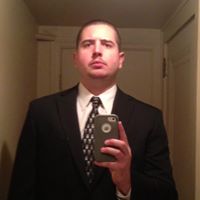
Jeffrey Lang
view source
Jeffrey Lang
view source
Apostle Jeffrey Lang
view source
Jeffrey Lang
view source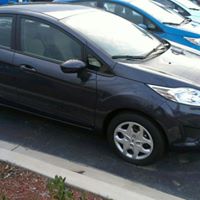
Fred Jeffrey Lang
view source
Jeffrey Lang
view source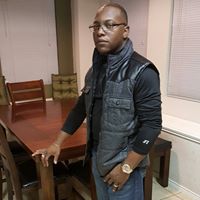
Jeffrey Lang
view source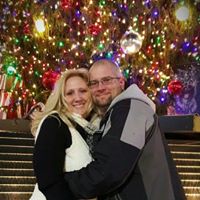
Jeffrey Lang Sr.
view sourceClassmates

Jeffrey Lang
view sourceSchools:
Thomas Jefferson Middle School Edison NJ 1962-1964
Community:
Patricia Owens, Steve Reuveni

Jeffrey Lang
view sourceSchools:
Tredyffrin-Easttown High School Berwyn PA 1970-1974
Community:
Ed Commons

Jeffrey Lang
view sourceSchools:
Beaumont Elementary School Berwyn PA 1966-1970
Community:
Pam Bell, Joe Jefferis, Christian Bufo, Nancy Fluck, Gabby Deel

Jeffrey Lang
view sourceSchools:
The Austin High School Hartford CT 1970-1974
Community:
Patricia Manning, Janine Burr, Kendra Davis

Jeffrey Lang (Heimbigner)
view sourceSchools:
Passaic Valley Regional High School Little Falls NJ 1969-1973
Community:
Lois Oaman, Lucy Kruger, Christine Priestly

Jeffrey Lang | Bishop Gal...
view source
Jeffrey Lang, Newington H...
view source
Jeffrey Lang | North Miam...
view sourceGoogleplus

Jeffrey Lang
Work:
PARC - Financial Analyst Manager

Jeffrey Lang
Work:
RaceCarBed
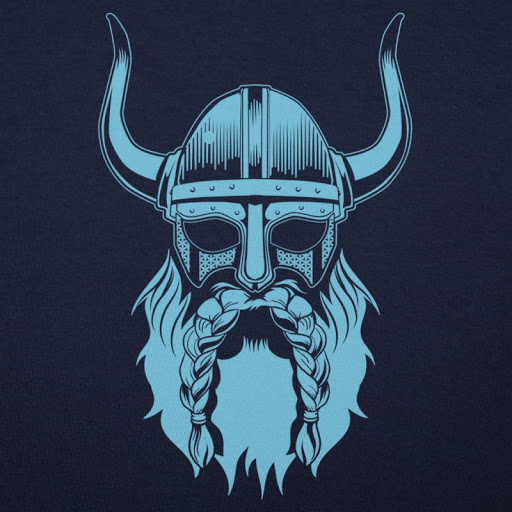
Jeffrey Lang
Work:
Empire Blue Cross - Call center rep
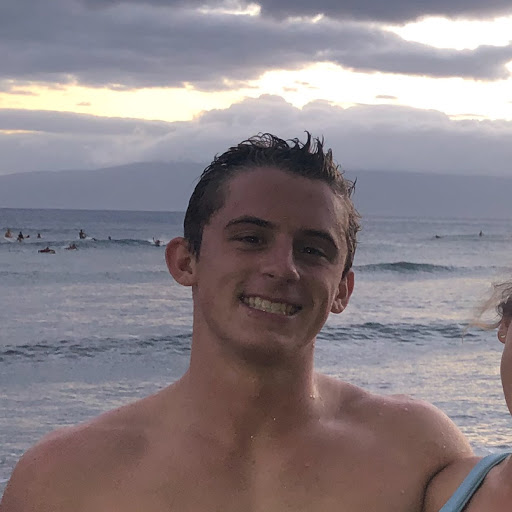
Jeffrey Lang
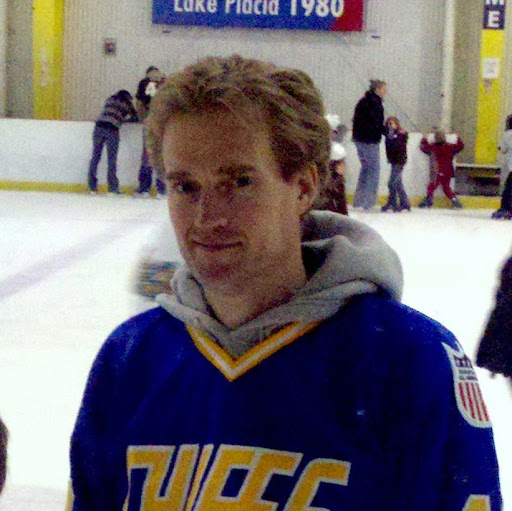
Jeffrey Lang
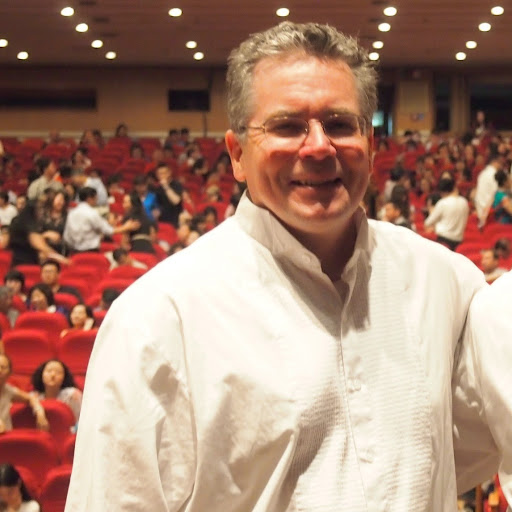
Jeffrey Lang

Jeffrey Lang
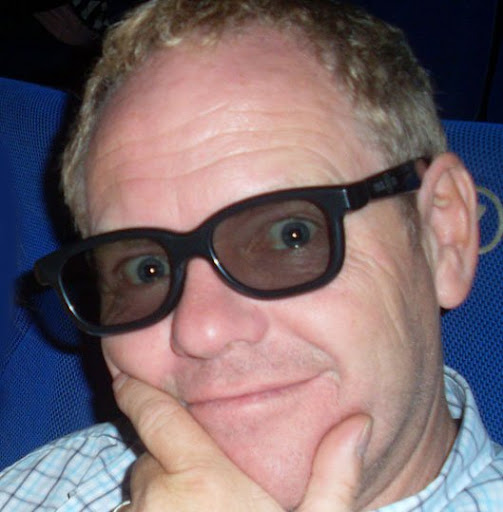
Jeffrey Lang
Get Report for Jeffrey B Lang from Sparks, NV, age ~69


















